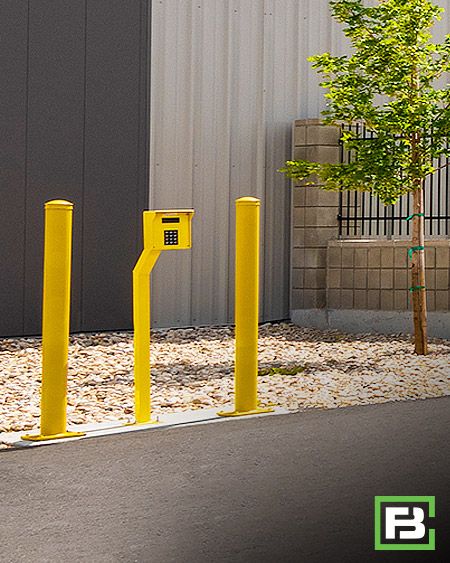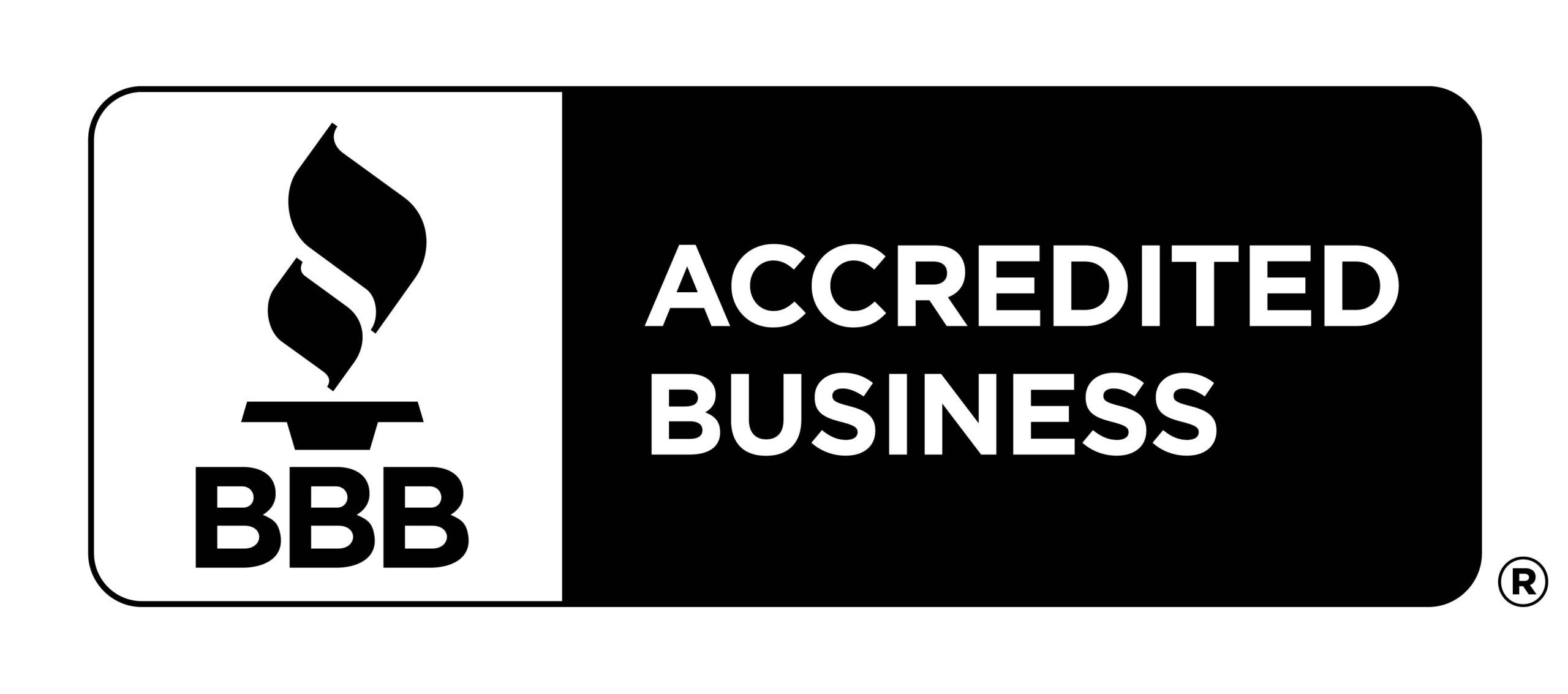Menu

In 2021, the global self storage market was valued at $54 billion. The self storage industry growth projections at a compound annual growth rate (CAGR) of 7.53% between 2022 and 2027 and expected to hit $83.6 billion by the end of 2027. The North American market is projected to contribute the most significant chunk of this figure1.
Despite the current economy, the self storage market continues to look promising. More and more people are taking advantage of self storage facilities due to the high cost of housing in densely populated areas and the increased frequency with which they must relocate. Additionally, there is a need for more storage space as families grow and acquire more possessions. Self storage software, AI (artificial intelligence), and IoT (internet of things) are also fueling market expansion to keep tabs on all storage facilities, boost marketing efficiency, increase occupancy rates, and enrich tenants’ lives.
Similarly, the self storage recession-proof nature has been further bolstered by the increased adoption of remote work policies worldwide, exacerbated by the coronavirus (COVID-19) pandemic. This trend has inadvertently led to increased demand for self storage to reduce overhead costs.
The self storage industry continues to demonstrate exceptional performance as a prominent commercial real estate sector and emerging as one of the nation’s top investment categories. Occupancy rates remained steady at around 90% throughout the latter half of 2022, and this pattern continued with minimal variation throughout 20232.
Here's what is in store for 2024.
The self storage industry continues to attract investors and entrepreneurs more than any other real estate sector. Its tremendous growth is reflected by the number of people utilizing self-storage – 14.5 million in 2022, up by 970,000 since 2020, according to YardiMatrix3. Additionally, investors remain optimistic thanks to the resilience factor of self storage. In flourishing economies, consumers buy more goods, which leads to the need for storage. In contrast, in trying economic times, residents tend to downsize, which leads to the need for storage4.
“Over a recent nine-year span, self-storage facility owners across the United States saw an annual return on their investments of almost 17%,” -Real Estate Daily News.
Self storage properties have seen record high occupancy rates, rents, and revenue growth. With around 10.6 percent of U.S. households renting a self storage unit, according to Storable, the industry is projected to be valued at $64.71 billion by 20265.
So, what areas of the country are self storage industry growth projections for 2024? Studies have shown that the millennial population prefers residing in cities, driving the demand for self storage units. The lack of space in apartment units leads many residents to seek alternative storage options. For example, in New York, the average one-bedroom apartment is 866 square feet, and Los Angeles averages 789 square feet, according to RentCafe.
Small businesses also contribute to demand for self storage since utilizing a storage unit is less expensive than warehouse space. Many e-commerce businesses look to renting storage units to carry out their orders. Although not all kinds of companies can be run from a self-storage unit, many can utilize the space for inventory or store supplies that do not fit in a home or apartment unit. Additionally, businesses are using storage units for inventory or equipment, thereby also increasing the commercial usage of these facilities6.
 For 2023 (and projected for 2024), the strongest performing markets were in high-growth metros in the South and West, led by Miami, Atlanta, Phoenix, and Tampa. Other in-demand cities for self storage include New York, Houston, San Antonio, and Los Angeles.
For 2023 (and projected for 2024), the strongest performing markets were in high-growth metros in the South and West, led by Miami, Atlanta, Phoenix, and Tampa. Other in-demand cities for self storage include New York, Houston, San Antonio, and Los Angeles.
The Northeast also continues to experience upward trends in occupancy levels. According to SelfStorage.com, states experiencing a surge in the growth of self storage facilities include:
In 2024, the following trends are on track to reshape the market.
1. Self Storage Websites
In today’s business climate, developing a website and establishing a presence on social media is key to the success of any business. The right features on your website will increase business efficiency and provide a great client experience.
With your self storage website, you can let clients know your location, which types of units you offer, including dimensions, features, and associated prices. You can include ways for clients to book and manage units online as well as pay for those units. This facilitates a more streamlined experience for tenants.
If you sell ancillary products or services (like offering moving trucks or moving materials), you can make that information more easily accessible to potential buyers by including it on your website.
 2. Integration of Technology and Client Convenience
2. Integration of Technology and Client Convenience
Technology is playing a critical role in driving data storage trends in the self storage industry. Self storage businesses are embracing technological advancements to enhance operations and improve client experiences. This includes adopting self storage software, which enables efficient management of billing, accounting, and client management tasks. By leveraging technology, self storage facilities can streamline their processes and provide a seamless experience to their clients.
Many self storage facilities offer contactless access options, enabling clients to enter the premises and access their belongings without physical interaction. These conveniences enhance the overall client experience and cater to individuals’ evolving needs and preferences.
3. Adoption of Sustainable Practices
The self storage industry is increasingly embracing sustainable practices to reduce environmental impact. To minimize energy consumption, many self storage facilities are implementing energy-efficient technologies, such as LED lighting and smart climate-control systems. Additionally, some self storage facilities are exploring renewable energy sources like solar panels to power their operations. By adopting sustainable practices, the industry is reducing its carbon footprint and attracting environmentally conscious clients.
For other ways and considerations for incorporating sustainability into your self storage facility, see our blog, “Sustainability in Self Storage Renovation & Projects to Consider” https://forgebuildings.com/self-storage-facility-renovation/.
These trends are shaping the growth and future of the self storage market. By staying ahead of these trends, self storage businesses can position themselves for success and meet the evolving needs of their clients, significantly improving the clients’ experience.
References
1 Insights, P. M. (2022, October 7). GlobeNewswire. Retrieved from Globenewswire.com: https://www.globenewswire.com/en/news-release/2022/10/07/2530200/0/en/Self-Storage-Market-Size-2022-to-2027-Market-Share-predictable-to-grow-at-a-CAGR-of-7-53-during-the-forecast-period-Top-Companies-report-covers-Global-Industry-Trends-Statistics-De.html
2 Matthews Real Estate Investment Services. (2023, September 18). Retrieved from matthews.com: https://www.matthews.com/self-storage-market-report-northeast/
3 Adler, J. (2023, February 21). Yardi Matrix. Retrieved from Yardimatrix.com: https://www.yardimatrix.com/blog/demand-holds-steady-for-us-self-storage-sector/
4 Matthews Real Estate Investment Services. (2023, September 15). Retrieved from Matthews.com: https://www.matthews.com/insights-thought-leadership-self-storage-update-2023/
5 McLeod, A. (2022, June 23). Inside Self Storage. Retrieved from Insideselfstorage.com: https://www.insideselfstorage.com/market-conditions/can-self-storage-performance-strength-last-here-s-an-outlook-for-the-rest-of-2022
6. imarc. (2023). Retrieved from Imarcgroup.com: https://www.imarcgroup.com/self-storage-market
